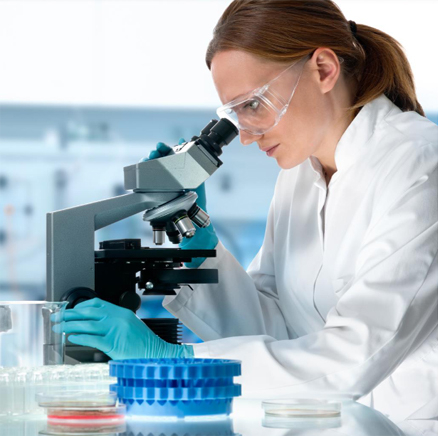Heart regeneration by stem cells
AUG. 6, 2019 / 12:05 PM
Stem cell treatment may reverse heart attack damage
Byheart
Tauren Dyson
(0)
Researchers have developed a stem cell method to grow new tissue that can repair the harm caused by a heart attack. File Photo by Photographee.eu/Shutterstock
Aug. 6 (UPI) -- Surviving a heart attack is good, but the resulting damage can lead to potentially deadly organ damage. While the heart does not regenerate tissue on its own, researchers may have a way of repairing damage with new tissue.
Researchers have developed a method of growing tissue outside the body using stem cell that can repair the harm caused by a heart attack, according to research published Monday in the journal Circulation. Following a heart attack, the organ can't regenerate tissue killed off by the event. This dead tissue can ultimately lead to lethal heart enlargement."To our knowledge," the researchers said in a press release, "this is the first study to show that DNA damage-free induced pluripotent stem cells can be selected by p53 activation in induced pluripotent stem cell cultures and that DNA damage-free cardiomyocytes have enhanced cardiac engraftment potential."The researchers say they can grow damage-free pluripotent stem cells outside of the body, then add those cells near the point of cell death. In a clinical setting, they say this approach has improved the ability of the heart's left ventricle to pump blood. For the study, the researchers used MDM2 inhibitor Nutlin-3a to activate transcription factor p53 within the pluripotent stem cells. This treatment killed off cells with DNA damage while skipping over the healthy ones, which were cultured and then differentiated into cardiomyocytes. The researchers injected 900,000 cardiomyocytes into the sides of the left ventricles of mice who had heart attacks. After four weeks, the engraftment worked on about 14 percent of the hearts compared to only 7 percent in engraftments made with control derived cardiomyocytes. "As this is a small molecule-based approach to select DNA damage-free cells," said Ramaswamy Kannappan, a researcher at the University of Alabama at Birmingham and study senior author. "It can be applied to any type of stem cells, though selection conditions would need to be optimized and evaluated. Other stem cell approaches for diseases such as neurodegenerative diseases, brain and spinal cord injuries, and diabetes might benefit by adopting our method."

